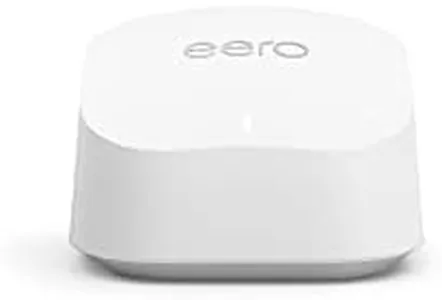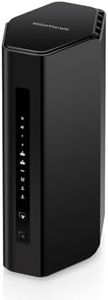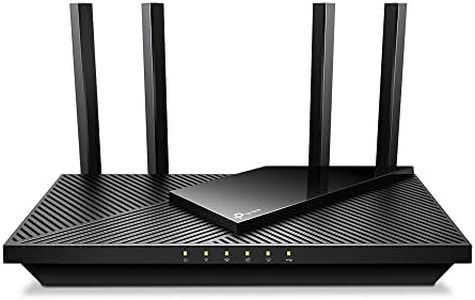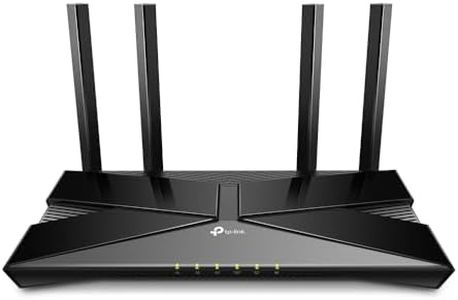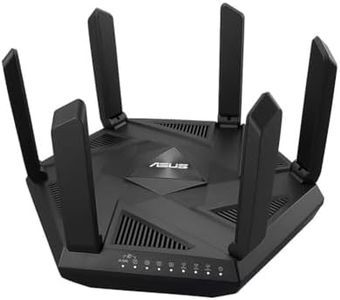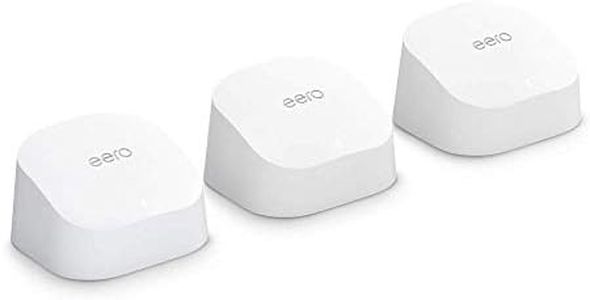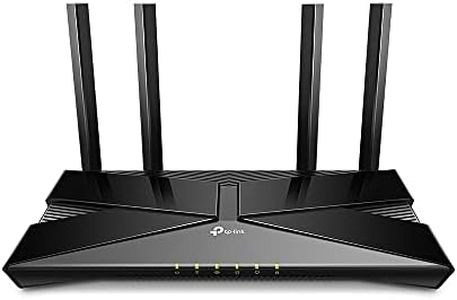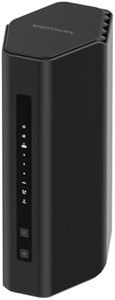We Use CookiesWe use cookies to enhance the security, performance,
functionality and for analytical and promotional activities. By continuing to browse this site you
are agreeing to our privacy policy
10 Best Wi Fi Modem Router
From leading brands and best sellers available on the web.Buying Guide for the Best Wi Fi Modem Router
Choosing the right Wi-Fi modem router can significantly improve your internet experience at home or in the office. Modem routers combine the function of a modem—which connects to your internet service provider (ISP)—and a router, which distributes the internet signal wirelessly (Wi-Fi) or through cables to your devices. By understanding the key specifications, you can pick a model that best matches your usage habits, household size, and internet demands.Wi-Fi Standards (802.11a/b/g/n/ac/ax)Wi-Fi standards refer to the type of wireless technology your modem router uses, determining the speed and range you can expect. Newer standards such as 802.11ac and 802.11ax (also called Wi-Fi 5 and Wi-Fi 6) offer faster speeds and better capacity than older versions. Devices at home need to support the same standard for optimal performance. For those with newer gadgets or higher internet needs—like streaming 4K videos, gaming, or smart home devices—a more recent standard is helpful. For basic browsing or limited devices, older standards may be acceptable.
Speed (Measured in Mbps or Gbps)The speed rating tells you how fast your network can potentially move data, influencing how smooth your web browsing, downloads, and streaming are. Entry-level modem routers might promise speeds from 300 Mbps to 600 Mbps, which is usually sufficient for simple tasks and a few devices. Higher-end models, offering speeds in the Gbps range, are ideal when many people are using the internet at once, or for heavy usage like gaming and multiple high-definition streams. To choose the right value, consider both your internet subscription speed and what activities you frequently perform online.
Wireless Bands (Single, Dual, Tri-band)Wireless bands are the frequencies the router uses to send signals—usually 2.4 GHz and 5 GHz. Single-band routers only use 2.4 GHz and are fine for minimal usage and fewer devices. Dual-band routers can transmit on both 2.4 GHz and 5 GHz, providing better performance by splitting traffic. Tri-band routers add a second 5 GHz band for even more simultaneous connections. If you live in a busy household or have many smart devices, dual- or tri-band can help reduce lag and interference.
Coverage Area (Range)Coverage area specifies how large a space your Wi-Fi signal can effectively reach. Small apartments or single rooms only need a modest range, while multi-story homes or offices require coverage that extends through walls and long distances. Some routers mention the square footage they cover. Think about the size and layout of your space when choosing, and note that thick walls or obstacles can reduce effective range.
Number of Ports (Ethernet & USB)Ports are physical connections where you can plug in devices using ethernet cables for faster, more stable connections, or use USB for file/printer sharing. If you have desktop computers, gaming consoles, or other devices near the router that benefit from wired connections, check how many ethernet ports it offers. USB ports are handy if you want to share files or connect a printer to your network. Choose based on how many wired devices you plan to use.
Security FeaturesSecurity features protect your network from unauthorized access and cyber threats. Look for features like WPA3 encryption, guest network options, parental controls, and automatic firmware updates. If you have kids, like to host visitors, or are concerned about keeping devices safe, these tools can provide peace of mind and control over your network.
ISP CompatibilityNot all modem routers work with every internet service provider. Compatibility means the device will work with the type of internet service you have—such as cable, DSL, or fiber. Always check whether a modem router is approved for use with your ISP and service type. If not, it may not work, or you could miss out on your plan’s full speed.



